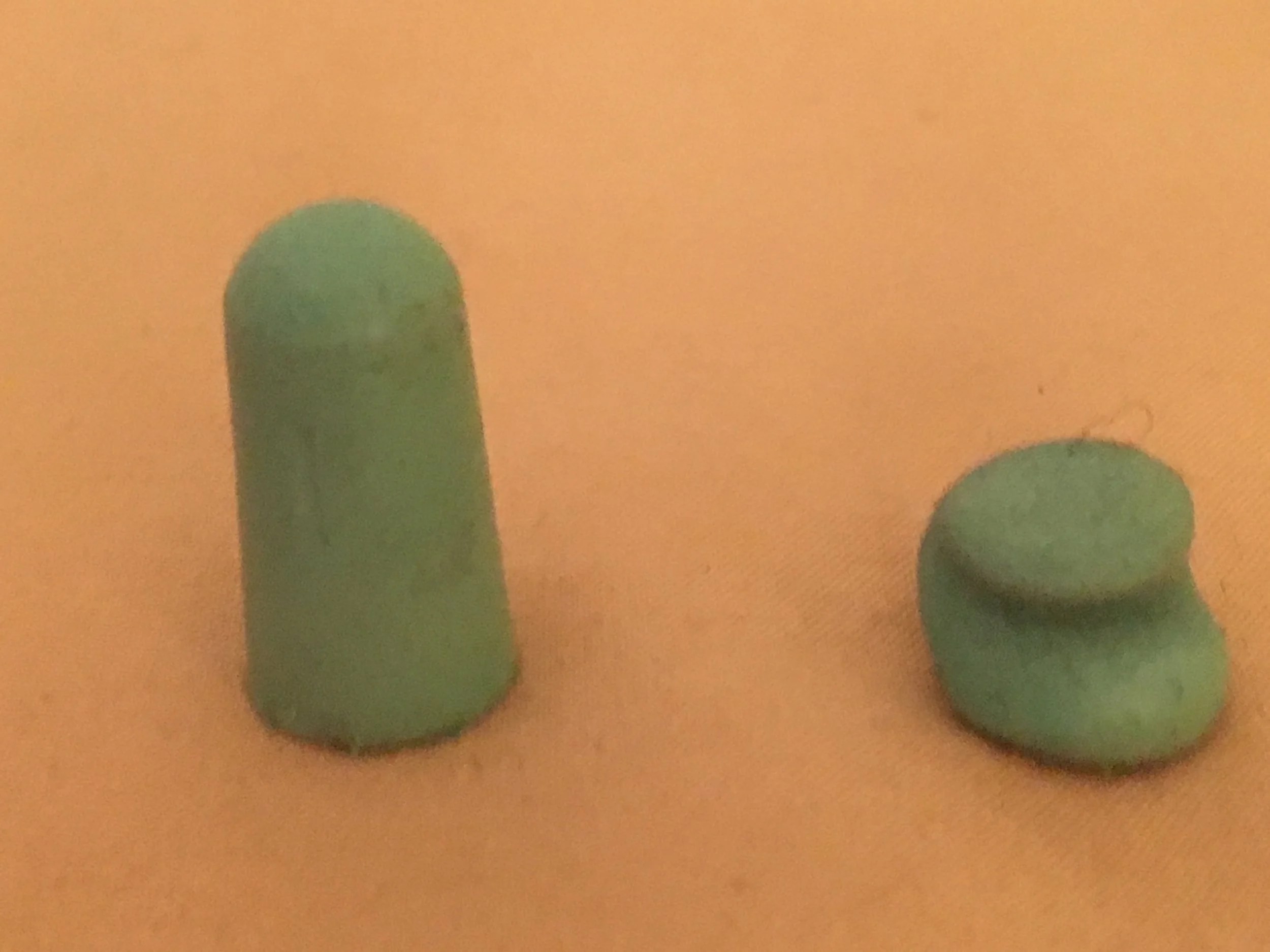Private lessons are a great way to understand your own habits and how Alexander Technique tools can help you find greater ease in daily activities, and specialized skills. We refer to our clients as students because we are teaching skills that offer independence outside of sessions.
Here are 7 tips for bringing your Alexander Technique skills into your day:
1. Remind yourself: "I don't have to hold my breath".
When our attention is on a task, a mental process, or another person, we may stop breathing in or out as a way to focus. Next time you are typing, texting or listening to someone, notice if you may have stopped breathing. At first it may be distracting to notice and ease your habit of holding your breath, so practice continuing to pay attention while allowing yourself to breath.
2. Extend the horizon line you see when walking.
I notice I have a tendency to place my gaze at the same distance in front of me when I walk, and I tend to be focused on the sidewalk. I practice extending my gaze farther out in front of me as I walk. I still see the sidewalk in case the pavement is uneven, and I get the benefit of being aware of the space above and in front of me. That helps me remember how high the top of my spine is and I continue to lengthen head-ward as I walk forward.
3. Tell yourself: "I have time".
I often catch myself feeling like there's an inner voice telling me "go faster, hurry up". Sometimes it's a more subtle tone in the way I think about what I am and will be doing. When I change my inner tone and slow down just a bit, my eyesight improves, I feel more alert and awake and I am generally more present for whatever I am doing.
4. Remind yourself to let your feet, or the chair under you seat, to support you.
When I am not aware of what I'm doing, I tend to take up less inner space. I may press down onto my feet or seat and pull up in some places at the same time. When I remind myself that there is support under me, and my bones bear my weight, I access more of my inner space.
5. Think of expanding in all directions.
Memory foam returns to it's original shape/photo by Brooke Lieb
I use a memory foam earplug to illustrate how releasing excess tension allows more joint spaces and expanding discs. Like pastry in the proofing drawer (I love to watch baking shows), spending some time giving my Alexander instructions promotes a better distribution of weight through my bones and economical tone throughout my muscles.
6. Remind yourself "I don't have to stiffen my neck".
The first instruction in Alexander's directions is "Allow my neck to be free." I sometimes relate more vividly to what we are after with that instruction, which is to remedy my tendency to stiffen my neck. I think about the muscles at the base of my skull, along my hairline, and also allowing the circumference of my neck to ease and expand. In the same way I can hold on so tightly to the subway pole that my knuckles turn white, I can tense my neck muscles in a way that makes it harder to move and more tiring to support the length of my neck and the weight of my skull on top of my spine.
7. Think "light".
Bubble in a level rises to the top/photo by Brooke Lieb
For many people, qualitative thinking elicits a change in muscle tone. See what happens if you imagine being heavy and tired, or that you have a 100-pound brick on your head and each shoulder. Now imagine that those bricks are lifted away, and your inner environment is lighter than air. I often think my head is lighter than air, like the bubble inside the liquid in a level.
With any of these tools, don't rush to assess if there is a change. Give yourself some time, 3 to 5 minutes, to work with the ideas before checking in. Sometimes you won't notice a change in sensation, but you may notice a change in how much energy you have, or your degree of alertness or perception of the environment around you. The Alexander Technique can be self-directed. It's a skill that you acquire and practice, to develop and enhance over time.

